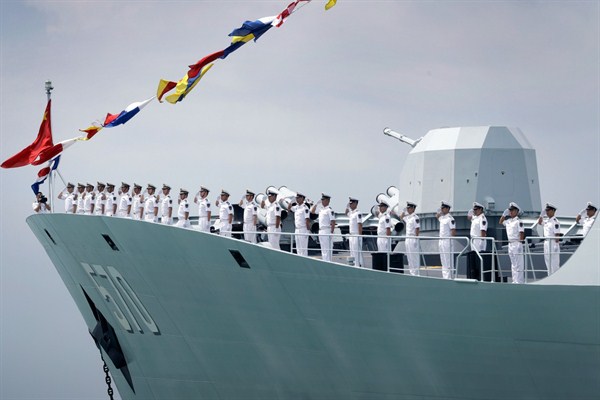In a recent article in Foreign Affairs, Kurt Campbell and Ely Ratner—both former senior officials in the Obama administration—noted that over the past 45 years, “neither carrots nor sticks have swayed China as predicted.” From Richard Nixon on, American presidents believed that U.S. diplomacy and military power could “persuade Beijing that it was neither possible nor necessary to challenge the U.S.-led security order in Asia.” But that didn’t prove true. Today, as Campbell and Ratner note, “China is on the path to becoming a military peer the likes of which the United States has not seen since the Soviet Union” and is using its power to challenge the United States.
This is a dangerous trend. If China’s ascent and America’s current decline continue, China’s ability to not just compete with U.S. influence but displace it will rise too. It is vital that Americans recognize the indicators that China is passing them by.
Inside the Pentagon, the greatest concern is China’s rapidly improving military. For decades, Beijing’s armed forces were large but qualitatively inferior to those of advanced nations, particularly the United States. But in more recent years, China has devoted a significant portion of its immense wealth to improving its military technology and the overall effectiveness of its armed forces. Beijing is now working on its second, more advanced aircraft carrier and is moving quickly on other projects, such as electromagnetic railguns, a deep-sea reconnaissance system, autonomous “drone swarms” and infantry exoskeletons. In key technologies like hypersonic missiles and artificial intelligence, China is close to catching up with and perhaps surpassing the United States.

